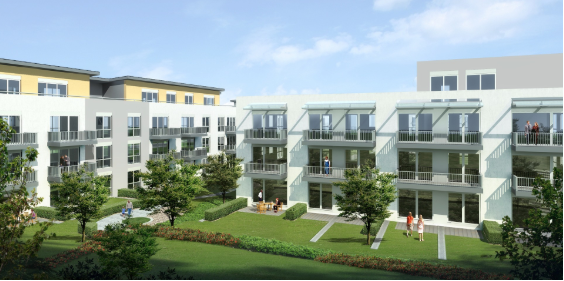The Berlin rent cap: A pill for the housing market with risks and side effects

Rents on the Berlin housing market have risen rapidly in recent years. As a consequence, low-income sections of the population are particularly threatened with displacement from their social environment. The federal rent regulations that have been tightened in favour of tenants (keyword: rent brake) have a dampening effect on rent prices. However, in the opinion of the responsible state politicians, they do not relieve tenants sufficiently. Against this background, the Berlin Senate decided on October 22, 2019, to initiate the legislative process for the Law updating the legislation on rent limitation (“Gesetz zur Neuregelung gesetzlicher Vorschriften zur Mietenbegrenzung“). This is intended to cap the rents for around 1.5 million apartments – initially for a limited period of five years.

Overview of the provisions regarding the rent cap
According to the Berlin Senate’s press release of 22 October 2019, the new law shall apply to all housing, with the exception of new-build housing from 2014 and publicly subsidised housing, and will essentially contain the following provisions:
The permissible upper rent limits were determined on the basis of the rents in the list of representative rents of Berlin (“Berliner Mietspiegel”) for 2013, updated with the real wage development until 2019. They differentiate according to age and certain furnishing features of an apartment. The location of the apartment is not taken into account in this respect.
The upper rent limits range from EUR 3.92/m² living space per month (residential space with first-time readiness for occupancy until 1918 without central heating and without bathroom) to EUR 9.80/m² living space (residential space with first-time readiness for occupancy from 2003 to 2013 with central heating and with bathroom). With modern equipment, the respective upper rent limit increases by EUR 1.00. If the residential space is located in buildings with no more than two apartments, the respective rent price cap is increased by a surcharge of 10%.
If the monthly rent for a modern apartment is particularly low (less than EUR 5.02/m²), it may be increased by a maximum of EUR 1.00/m² to a maximum of EUR 5.02/m².
In the run-up to the legislative process, renowned constitutional lawyers also doubted whether the rent cap was constitutional. In particular, it is argued that social tenancy law is conclusively regulated at federal level, which is why no competing public tenancy law can be enacted at federal state level. Due to the lack of legislative power of the Federal States, the Federal State of Berlin could therefore not effectively enact a law on rent caps.
In addition, the legal literature argues with considerable reasons that the rent cap violates the principle of equality (Article 3 of the German Basic Law (Grundgesetz – GG)) and constitutes a disproportionate and therefore unjustified encroachment upon basic rights (in particular the right of property, Article 14 GG). Naturally, the Berlin Senate takes a different view.
These questions can finally be decided only by the German Federal Constitutional Court. Such a decision may take a long time, during which there is considerable legal uncertainty.
Since it is currently not possible to conclusively assess whether the rent cap will come into force at all, for which period it will apply and whether the German Federal Constitutional Court will not declare the law invalid in whole or in part, precautions should be taken for the event that the rent cap does not or does no longer apply. On the one hand, for example, are landlords recommended to make alternative arrangements with regard to the rent owed under or without the validity of the rent cap. On the other hand, tenants are recommended to save the difference between the contractually agreed rent and the rent owed according to the rent cap and, if necessary, to immediately pay the rent that has been underpaid in order to avoid termination.
Contributing Advisors

